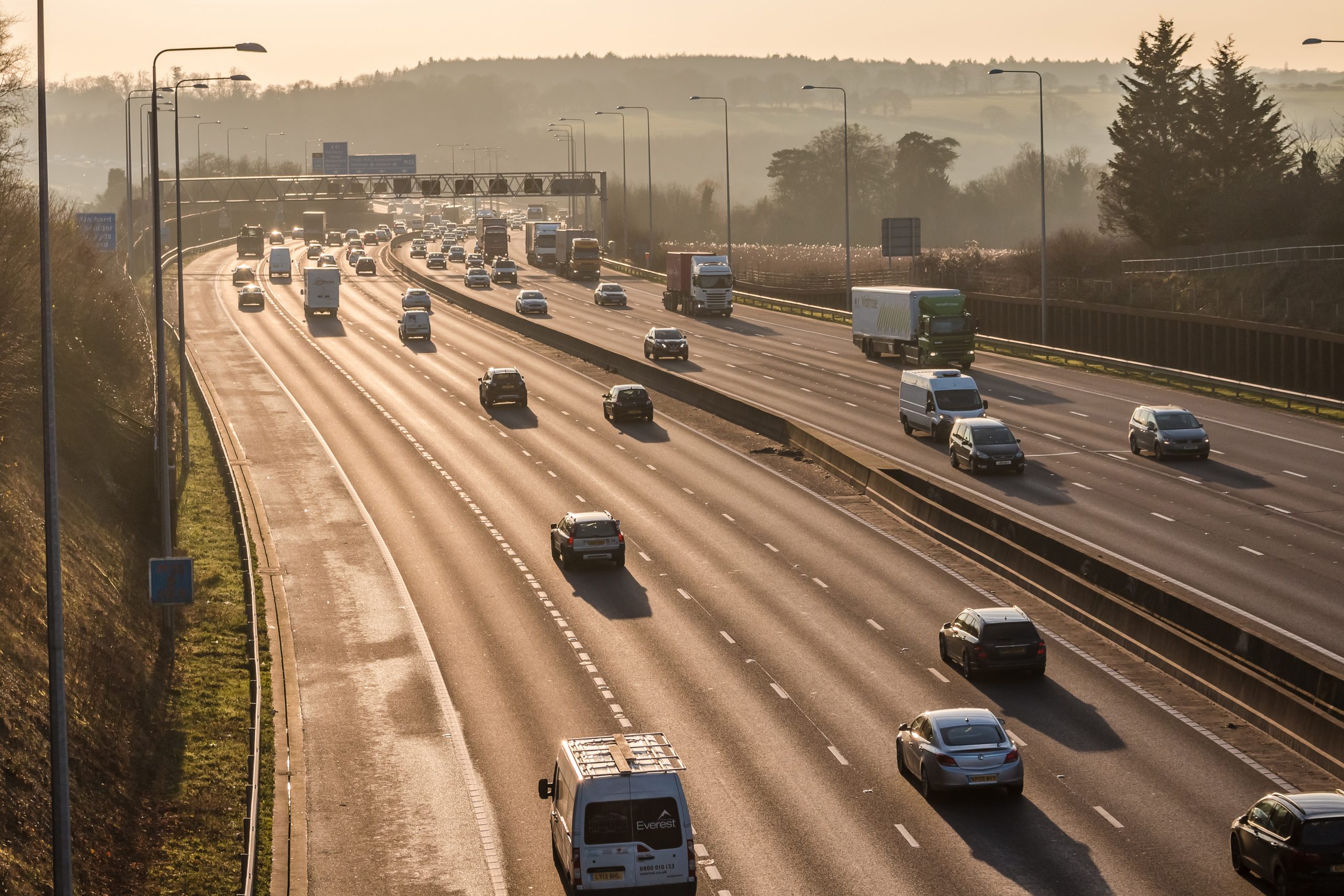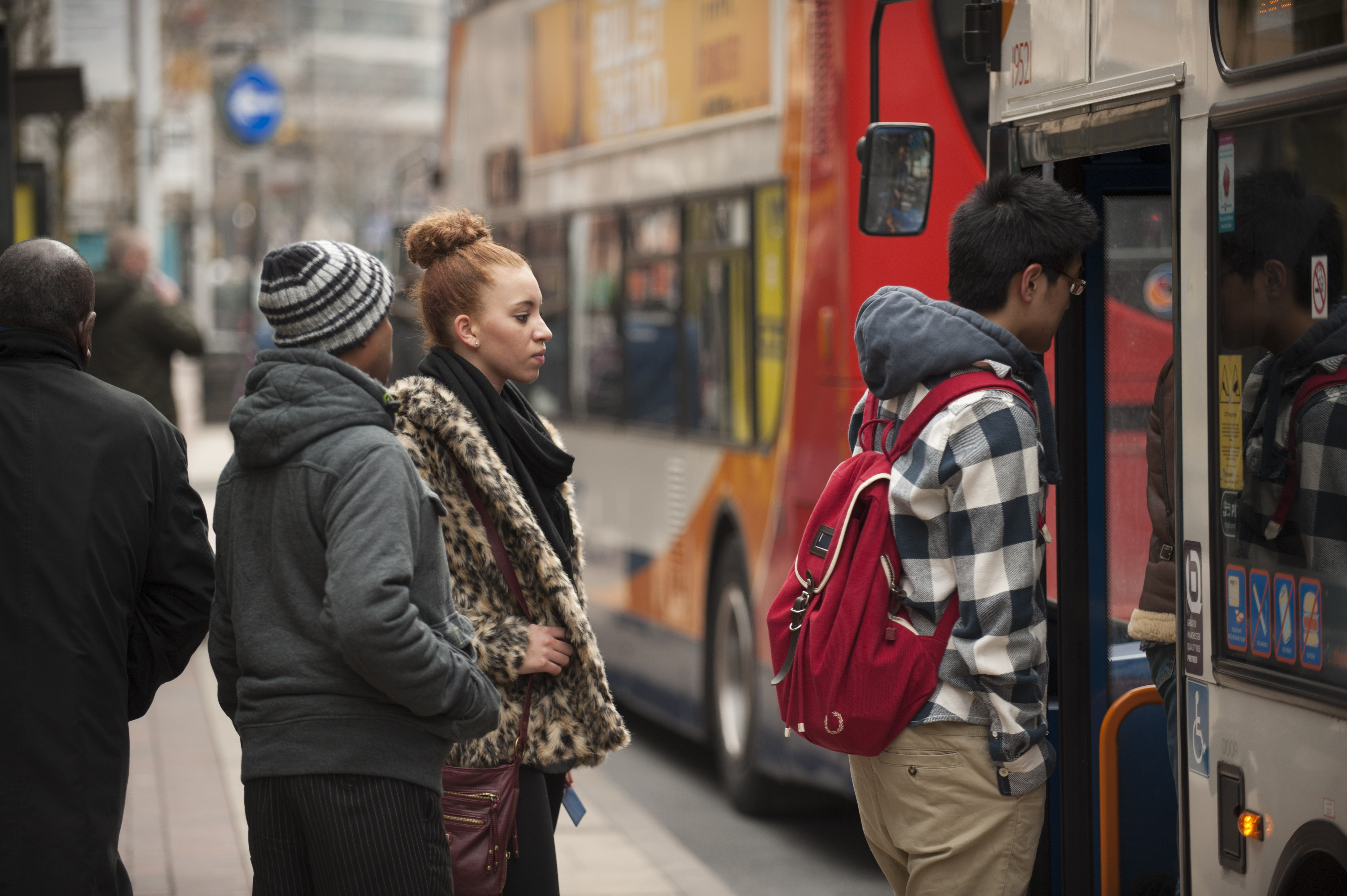
Social distancing – passengers have their say
25 June 2020
This week the UK government announced that from 4 July, in England, the two-metre social distancing rule will change to one-metre plus. What does this mean for passengers? Our latest Transport User Panel survey provides a passenger view on travel as the lockdown eases and passengers’ concerns about social distancing.
Key research findings
The survey found:
- most panellists that have made a recent journey by public transport say they were satisfied with their last trip and felt safe
- many remain concerned about being able to social distance and there is support for limiting the number of passengers allowed on trains and buses
- it’s unclear if passenger numbers can be limited in a way that is practical or fair; panellists are divided about whether reservations should be compulsory so capacity can be managed.
How’s your journey?
We found those people making journeys by public transport since the lockdown started on 23 March have – in the main – been satisfied with their journey. More than four in five said they were satisfied with their last trip. Almost six in 10 passengers said there were fewer people travelling than they expected. This fits with our weekly Covid-19 survey which has found relatively few people using public transport.
When asked about safety, and concerns about the risk of being exposed to the virus, four in five on our panel say they felt safe when they made their recent journey. However, of those who reported public transport was busier than expected, just over half said they felt safe. We know the ability to maintain social distancing has been passengers’ key concern throughout this period. While there are hotspots, on most services passengers have so far been able to keep their distance. Here are just a few of what people had to say:
“I have travelled nearly every day since lockdown on the train I am a key worker so have really had no choice. I have felt very safe…”
“I am very nervous and stressed after my journeys to work today. I am feeling emotional and worried about going to work tomorrow…”
Changes to the two-metre rule and limiting passenger numbers?
We asked for views – before the Prime Minister’s announcement on 23 June – about reducing the social distancing rule on public transport from two metres to one metre. Our panellists were split, with around four in 10 agreeing this would be a good idea, slightly fewer disagreeing and others unsure. However, seven in 10 panellists thought people will be unable to social distance on public transport (at two metres). It seems there is some acceptance that social distancing at two metres on public transport just won’t work as the economy and people’s lives restart. It seems the new one-metre plus rule should increase the capacity of public transport and buy more time before much of public transport is full up, but will it change passengers’ perceptions of what’s safe? Or will the social distancing guidance change in Scotland and Wales too and in the meantime what might this mean for cross-border services?
If from 4 July people in England do rush back to public transport and capacity – even at one-metre plus – is a problem how should the Government and transport operators respond?
Around seven in 10 panellists agreed public transport operators should limit the number of people allowed on buses or trains, even if it means not all passengers can get on. This shows the strength of feeling about being able to maintain a safe distance from other passengers – they want operators to limit numbers even if it means real inconvenience to people who can’t travel. Even among those who will be using public transport for travel to work or say they have no alternatives to public transport – and therefore potentially face most impact of restrictions on capacity – most agree that operators should manage this and prevent people from getting on.
Interestingly, those who have made journeys since lockdown started are less supportive than those who have not used public transport. Perhaps reflecting lower levels of overall concern about the virus among those who have been travelling, compared to those who have stayed away? Or does it suggest people’s fears about public transport and social distancing might recede if they can be tempted back and see for themselves the measures that have been put in place by operators and that it is not as scary as they think?
People recognise the potential downside of limiting the number of people who can get on a bus or train. More than half said they were concerned they could be unable to make essential journeys if the number of people allowed to travel on public transport is limited, increasing to two thirds among commuters. There is a tension here, between agreement with the principle of limiting passenger numbers and how people may feel and act in reality if they are the ones to be left behind – something we can explore with our new community of rail commuters.
There is strong support for key workers having priority – almost eight in 10 agreed they should – even if it means other passengers can’t get on board. Interestingly support is slightly lower among people who will be travelling for work and those who say they don’t have alternatives. This perhaps reflects the increasing number of people who now have to travel, for example ‘non-essential’ shop workers, but don’t have the status of key workers who were travelling at the height of the lockdown. Should anyone who can’t work from home now have priority on public transport?
“I don’t have a car so access to public transport is essential for me… If capacity is to be reduced, then more buses and trains need to run. Otherwise I might consider buying a car, which I would prefer not to have to do.”
“As key worker need to be reassured I can still travel to/from work on train if number restrictions apply and people travelling for leisure should not travel at peak times.”
So, how can space be managed?
If passengers want space onboard buses and trains to be managed, how could this be done in practice? One option would be to make pre-booking mandatory – as is already now the case for some long-distance train journeys. We asked passengers what they think. Just over four in 10 passengers agreed it would be a good idea to make it compulsory to reserve your seat on a train or bus in advance, with four in 10 disagreeing. Levels of support falls to only three in 10 among those who have made a recent public transport journeys, with half against this idea.
So it seems there is clear support for operators actively managing capacity and ensuring social distancing, but no consensus that pre-booking would be the right way to do it. What would the alternative be as more people return to transport – queueing at the station or the stop? Staff deciding if and how many people can board? This is already happening on some bus services, with the driver put in a difficult position, but doesn’t appear to be a common occurrence on trains. Queuing and staff enforcement might work – up to a point – where there is a high frequency service, but it’s unpalatable where it could mean a long wait for the next one. This dynamic seems to be shown in the results. Just three in 10 panellists planning on making a rail or bus journeys in London – where frequencies are generally higher – are in favour of compulsory reservations, while almost half among those intending to make rail journeys outside of London are supportive of pre-booking.
“I am concerned. Being disabled I struggle with wearing a mask; I also struggle to stand for sustained periods, so being left standing at a bus stop as the bus is full, isn’t really an option for me. It makes travelling potentially impossible, at the same time as I still can’t get shopping delivery slots.”
“I would only feel comfortable using public transport if the number of passengers can be limited so that everyone can maintain a safe distance from one another.”
What next?
We will dig into these views and attitudes further and see how the substantial easing of the lockdown and change to one-metre plus in England will affect real capacity on public transport and people’s perceptions of a safe distance. There seems to be little appetite to abandon social distancing altogether on public transport and simply have a ‘free for all’. As prevalence of the virus recedes, it seems the change to the two-metre social distancing rule might go some way to balancing passengers’ competing needs, both to keep a distance and for enough space onboard to allow more people to travel and help reboot the economy.
Passengers still need clear guidance. Many public transport operators are continuing to issue strong messages – in the case of many train companies, stronger than the advice of the UK Government to – ‘consider all other forms of transport before using public transport’. This will have to change and adapt as the lockdown continues to ease. As shops, hospitality and attractions reopen people who rely on public transport need a chance to play their part too. There are no easy long-term answers to the social distancing conundrum, but people need clarity about who should and should not be using public transport and if or how operators will manage and enforce social distancing rules.






